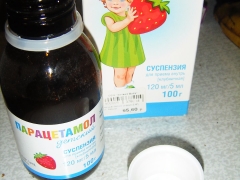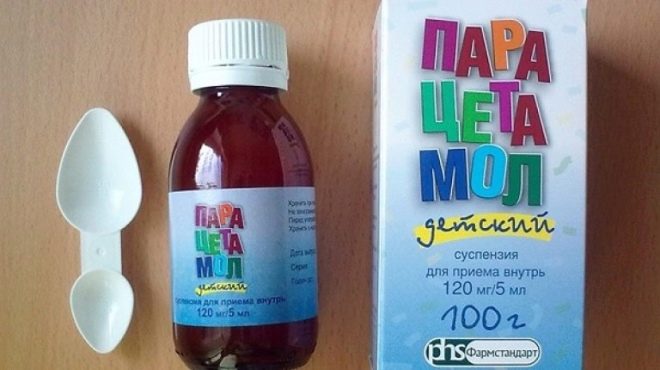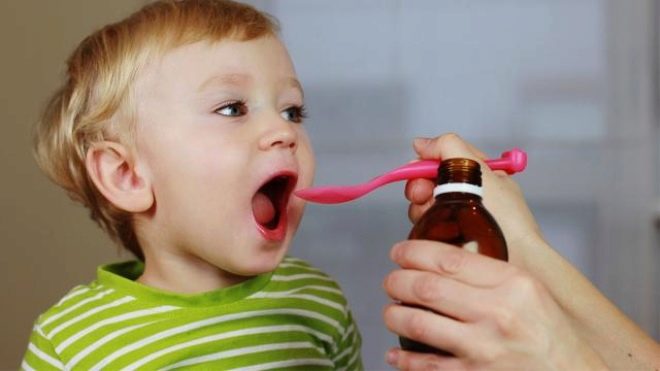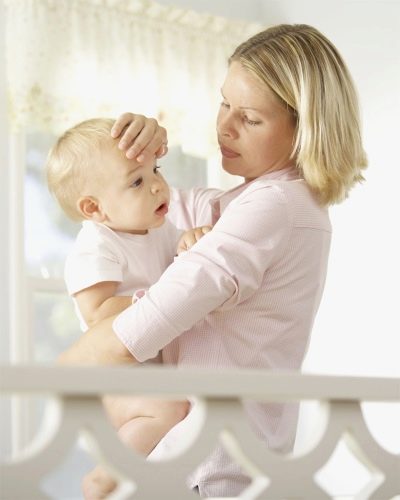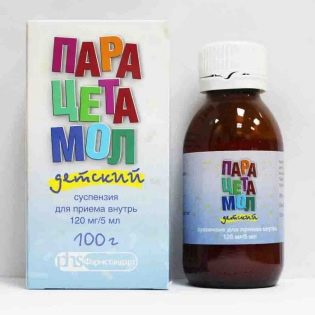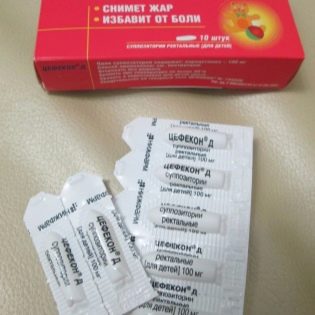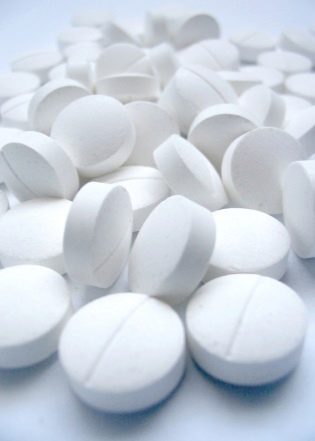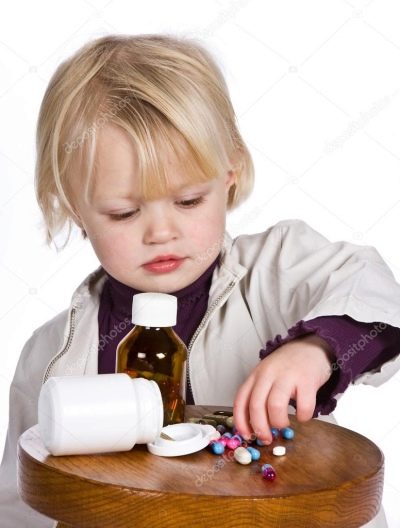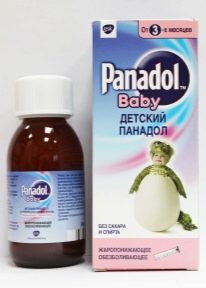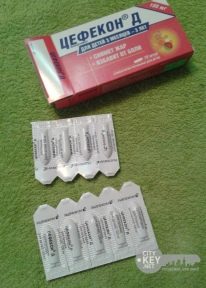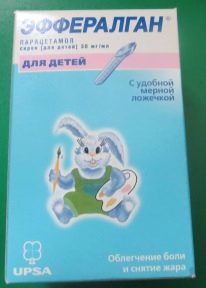Paracetamol for children 2 years
Increase in body temperature occurs in young children very often, so doctors advise keeping at home one of the antipyretic drugs that are safe for babies, just in case. This medicine can be called Paracetamol. How to give this medication to a child 2 years old, in what dosage and in what situations?
Is it possible for a two-year-old child?
Paracetamol is permitted at an early age and is not administered only to newborns. If a child is 1-3 months old, let’s take this medicine once at a high temperature due to vaccination. In all other cases, this medicine is used. from the age of three months, that is, you can give Paracetamol to children 2 years old safely.
When apply?
The most common reason for using this medication is a rise in body temperature. This symptom occurs with flu, scarlet fever, chickenpox, sore throat, otitis media and many other infections. Also, the temperature may rise due to overheating or vaccination. In such situations, Paracetamol very effectively struggling with fever. However, it is important not to forget that this is only the elimination of the symptom, and the drug does not affect the cause of the disease.
Paracetamol also has an analgesic effect, so this medication can be given to a child with various pains. For example, the drug helps alleviate the state of teething, if they climb painfully. Taking Paracetamol is also relieves paincaused by bruises, sprains or other injuries.
This remedy is also used for sore throat, headaches and painful sensations of another location.
Which form to choose?
If Paracetamol should be given to a two-year-old child, then usually choose one of these forms:
- Suspension. The advantage of this option Paracetamol is a more accurate dosage, since the liquid medicine is measured in milliliters with a plastic syringe or measuring spoon. According to parents, thanks to the sweet strawberry or orange flavor, most babies drink the suspension without any problems. As for the minuses, among them is usually called the presence in the composition of sugar and other chemical ingredients for which the child may be allergic.
- Rectal candles. Among the advantages of this form are a large selection of dosages (there are 50 mg, 100 mg, 250 mg and 500 mg suppositories on sale), as well as a harmless composition, because apart from paracetamol, candles include only solid fats. For this reason, this medicine is most often used in infants and children who are prone to an allergic reaction. In addition, suppositories are usually chosen for difficulties in swallowing the suspension or for vomiting.
However, the effect of such Paracetamol begins later than oral medication, so candles are often used to prevent the temperature from rising at night.
Paracetamol is also produced in tablets containing 200 or 500 mg of the active ingredient each. Such a medicine is usually not given until the age of 6, but in case of emergency, when there is neither liquid medicine nor candles on hand, it is permissible to give a part of an adult Paracetamol to a 2-year-old baby by grinding a pill and mixing with a small amount of juice, water or compote.
Dosage
In order to find out both a single and permissible daily dose of Paracetamol, it is not the child’s age that is important, but his body weight. The amount of paracetamol recommended by children for children per 1 kg of weight is from 10 to 15 mg.At the age of two, a child may weigh as much as 10 kg or 15 kg, so a single dose for a particular patient will differ. For example, if the weight of a peanut is 12 kg, then the calculation gives us an approximate single dose of 120-180 mg. Such a patient is usually given at one time 5 ml of suspension (120 mg) or half of the candle 250 mg (125 mg).
To determine the daily dose, which should not be exceeded, it is necessary to multiply the baby’s weight in kilograms by 60. For the child from our example with a weight of 12 kg, the maximum paracetamol that can be given per day is 720 mg. Such amount of active ingredient is contained in 30 ml of suspension.
It turns out that if the drug is prescribed three times, it is not given in a volume of more than 10 ml, and when used four times, it does not exceed a dose of 7.5 ml.
Can it hurt?
Despite predominantly good tolerability, Paracetamol can cause side effects, which are often represented by an allergic reaction. In some babies, the drug impairs the functioning of the liver or gastrointestinal tract.
Reception of Paracetamol can harm the health of children with diseases of the digestive tract (if there are ulcers or erosions), liver pathologies, bronchial asthma and certain other diseases indicated in the annotations in the list of contraindications.
With a very long reception of the drug can worsen blood formation, therefore For the course of treatment with Paracetamol without medical supervision, there are some limitations. If the drug is given to reduce the temperature, then such use is acceptable for three days. When taking to eliminate pain, you can give the drug up to 5 days.
If you exceed the dose of Paracetamol, it may be dangerous to the internal organs of the child. Overdose is usually manifested by symptoms of irritation of the digestive tract, but with a very large dose of the drug affects the liver and brain. For this reason, you should not exceed the dosage of candles or suspension prescribed by the doctor and give the medication more often than every 4 hours, as well as combine with other paracetamol-containing drugs.
In addition, it is important to store the suspension so that the baby can not get it and accidentally drink it.
What to replace?
If Paracetamol was not available in the pharmacy, any of the analogs can be used instead, the main ingredient of which is paracetamol too. These drugs include Cefecone D, Panadol Baby, Efferalgan, Calpol and other means. They are presented and candles, and suspension or syrup. In addition, any ibuprofen-based medicine, such as Nurofen for children, can be a substitute for Paracetamol for fever or pain. Do not give the child other antipyretic drugs without a doctor's prescription.
About the doses in which it is necessary to give fever-reducing children, Dr. Komarovsky will tell in the next video.
